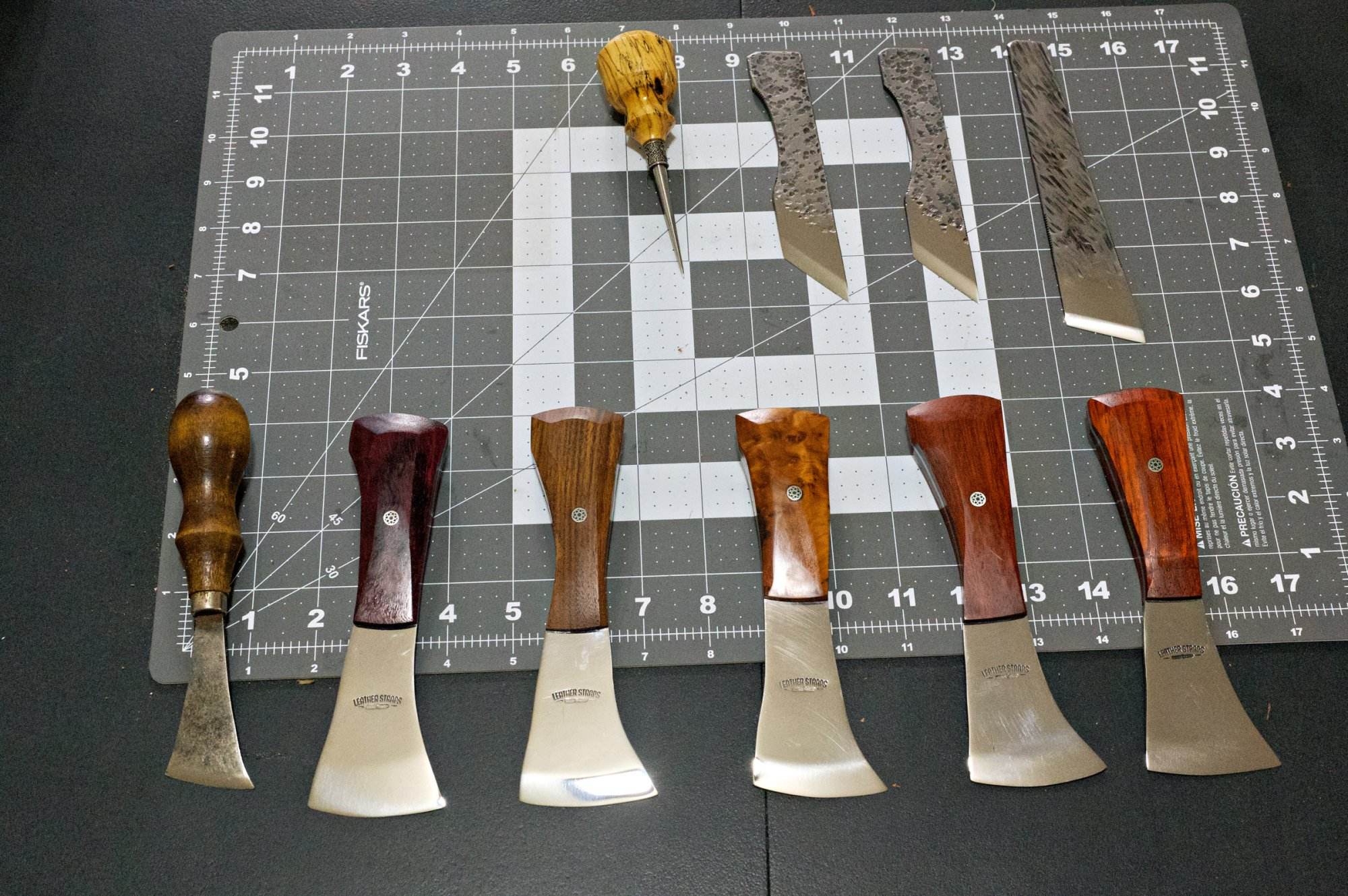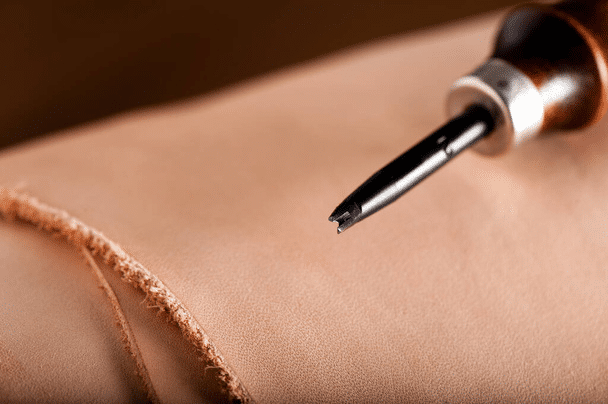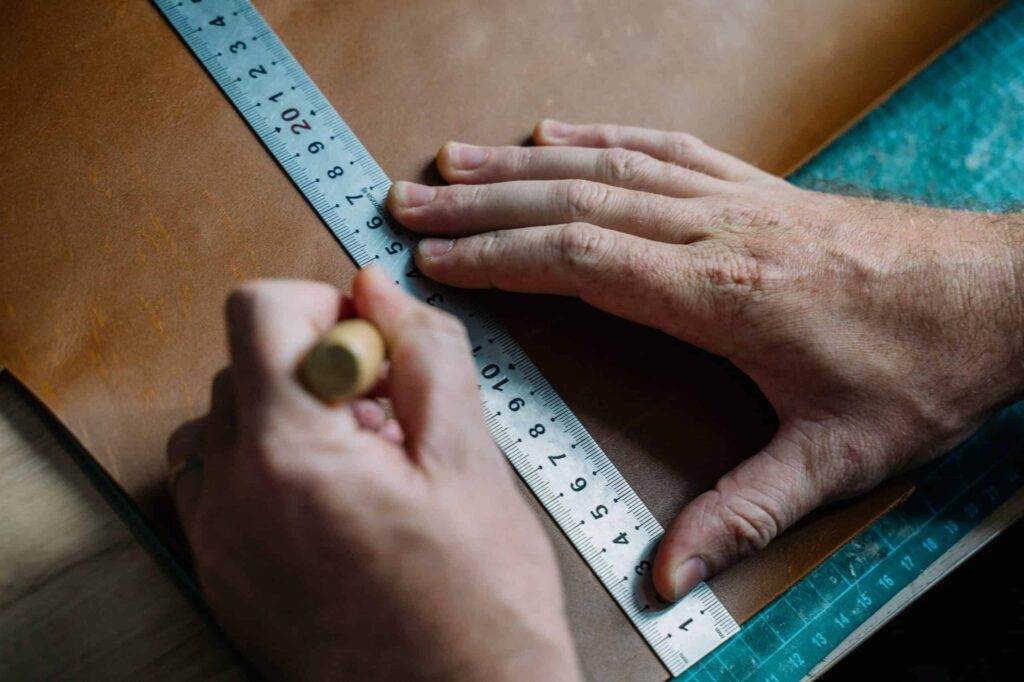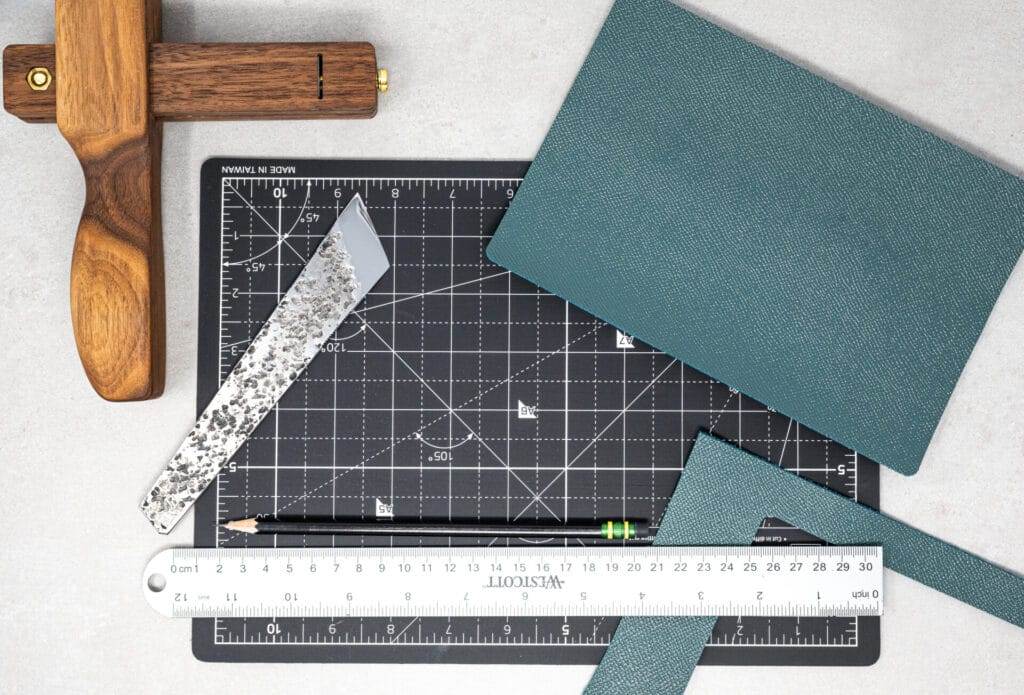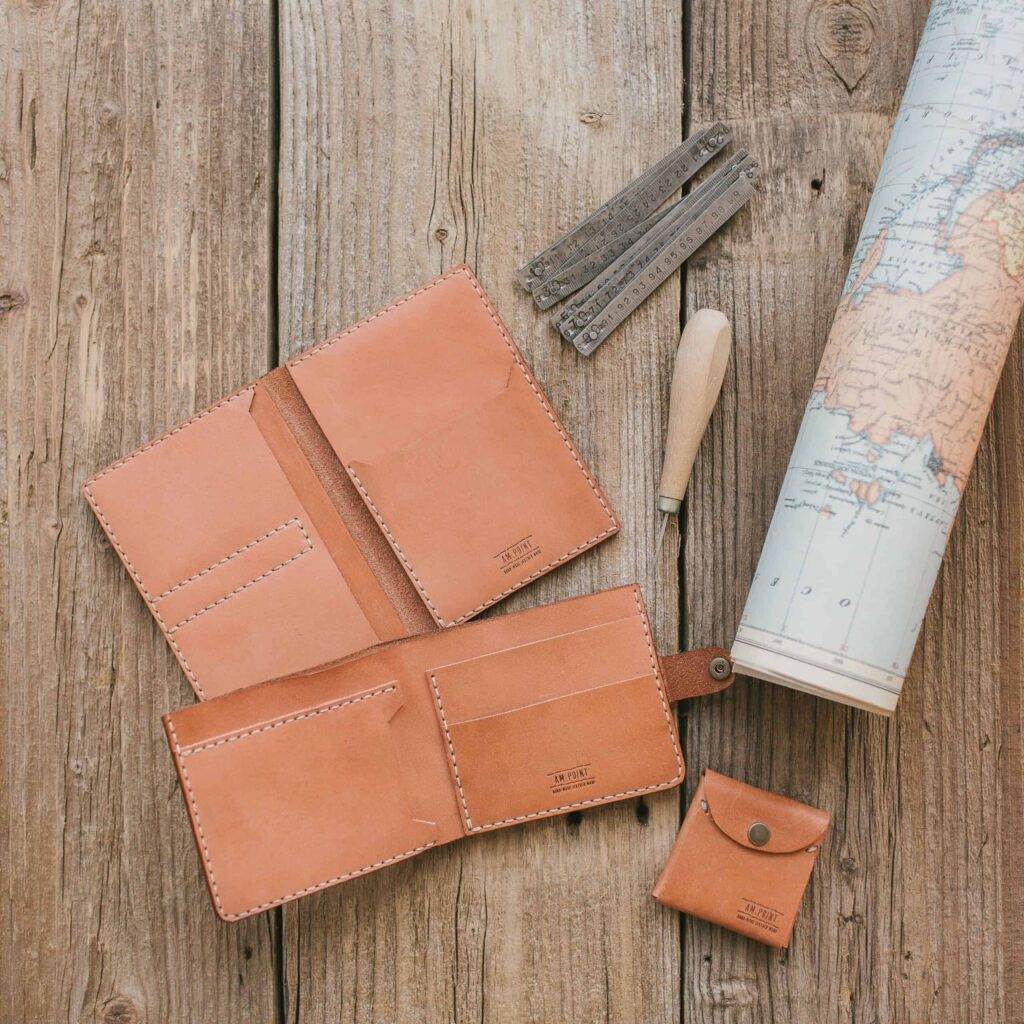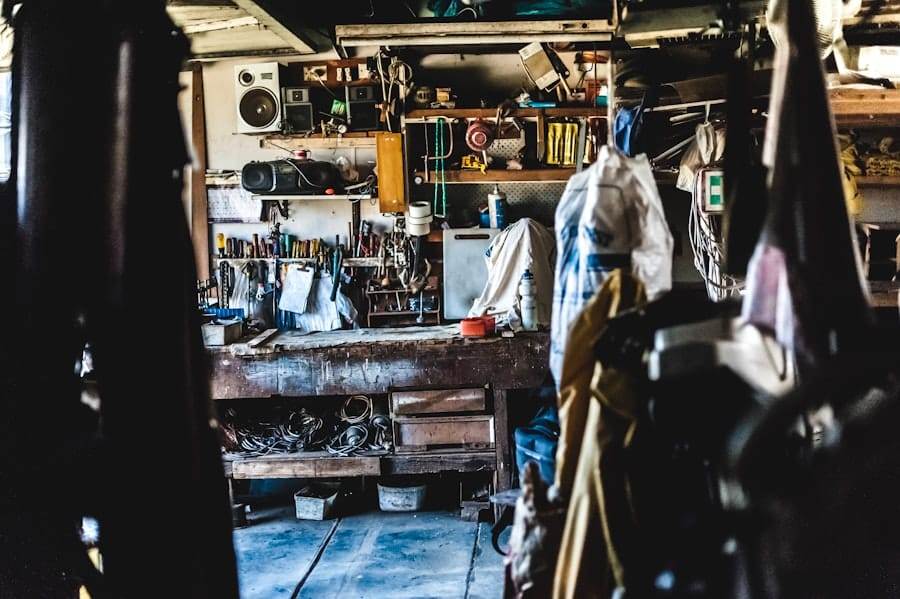Leathercraft Workshop Lighting and Equipment Setup
Proper lighting is a cornerstone of any successful leathercraft workshop. It not only enhances visibility but also significantly impacts the quality of work produced. When working with intricate designs and detailed stitching, having adequate light allows artisans to see their materials clearly, reducing the likelihood of mistakes.
Poor lighting can lead to eye strain and fatigue, which can hinder creativity and productivity. In a craft that demands precision, the importance of good lighting cannot be overstated; it is essential for both safety and the overall quality of the finished product. Moreover, the right lighting can create an inviting atmosphere that fosters creativity.
A well-lit workspace can inspire artisans to experiment with new techniques and designs, ultimately leading to more innovative creations. The psychological effects of lighting are profound; bright, natural light can elevate mood and motivation, while dim or harsh lighting can lead to feelings of lethargy. Therefore, investing in proper lighting is not merely a practical consideration but also a strategic move to enhance the creative process in leathercraft.
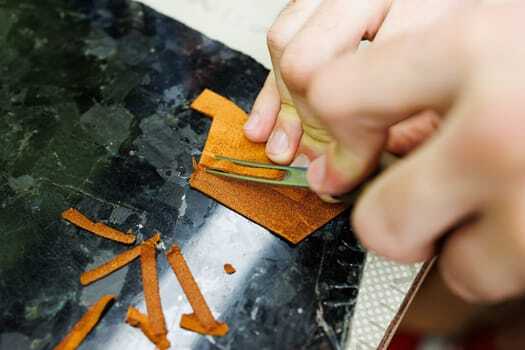
Key Takeaways
- Proper lighting is crucial in a leathercraft workshop for accurate cutting, stitching, and finishing.
- Types of lighting options for leathercraft workshop include natural light, LED lights, and task lighting.
- When choosing the right equipment for leathercraft workshop lighting, consider factors such as brightness, color temperature, and adjustability.
- Setting up a functional lighting system in your leathercraft workshop involves strategically placing lights to minimize shadows and glare.
- Tips for optimizing lighting in your leathercraft workshop include using diffusers, positioning lights at different angles, and investing in adjustable fixtures.
Types of Lighting Options for Leathercraft Workshop
When it comes to lighting options for a leathercraft workshop, there are several types to consider, each serving different purposes. Ambient lighting is the general illumination that fills the entire space, providing a base level of light. This can be achieved through ceiling fixtures or wall-mounted lights.
However, ambient lighting alone may not be sufficient for detailed work, which is where task lighting comes into play. Task lighting focuses on specific areas where detailed work occurs, such as workbenches or sewing stations. Desk lamps with adjustable arms or LED strip lights can be excellent choices for this purpose.
Another important type of lighting is accent lighting, which adds visual interest and highlights specific areas or tools within the workshop. This can be particularly useful for showcasing completed projects or important tools that artisans frequently use. Additionally, natural light should not be overlooked; windows or skylights can provide a warm and inviting atmosphere while reducing reliance on artificial lighting during daylight hours.
By combining these various types of lighting, artisans can create a well-rounded and functional workspace that meets all their needs.
Choosing the Right Equipment for Leathercraft Workshop Lighting
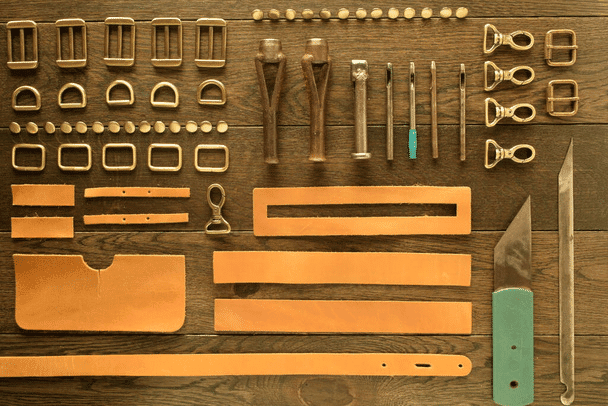
Selecting the right equipment for lighting in a leathercraft workshop involves considering both functionality and aesthetics. LED lights are often favored due to their energy efficiency and long lifespan. They produce less heat than traditional incandescent bulbs, making them safer for prolonged use in a workshop environment.
Furthermore, LED lights come in various color temperatures, allowing artisans to choose between warm or cool light depending on their preference and the nature of their work. In addition to the type of bulbs, the fixtures themselves play a crucial role in effective lighting. Adjustable lamps with flexible arms can direct light precisely where it is needed, while overhead fixtures should provide even illumination across the workspace.
It’s also essential to consider the placement of these fixtures; strategically positioning lights to minimize shadows will enhance visibility and reduce eye strain. Ultimately, the right combination of equipment will create a balanced lighting system that supports both detailed craftsmanship and overall workshop functionality.
Setting Up a Functional Lighting System in Your Leathercraft Workshop
Setting up a functional lighting system in a leathercraft workshop requires careful planning and consideration of the workspace layout. Start by assessing the areas where most of the work will take place; these are typically the workbench and sewing stations. Ensure that these areas are well-lit with both ambient and task lighting to provide adequate visibility for intricate tasks.
Overhead lights should be complemented by adjustable task lamps that can be moved as needed to focus on specific projects. Additionally, consider incorporating dimmable lights into your setup. This feature allows artisans to adjust brightness levels based on the time of day or specific tasks at hand.
For instance, brighter light may be necessary during detailed stitching, while softer light could create a more relaxed atmosphere during design brainstorming sessions. By thoughtfully arranging your lighting system, you can create an environment that is not only functional but also conducive to creativity and productivity.
Tips for Optimizing Lighting in Your Leathercraft Workshop
To optimize lighting in your leathercraft workshop, start by evaluating your current setup and identifying any areas that may need improvement. One effective strategy is to utilize multiple light sources rather than relying on a single overhead fixture. This approach helps eliminate shadows and provides more even illumination across your workspace.
Consider using a combination of ambient, task, and accent lighting to create a versatile environment that caters to various activities. Another tip is to regularly clean your light fixtures and bulbs to ensure maximum brightness. Dust and grime can accumulate over time, diminishing the effectiveness of your lighting system.
Additionally, consider using light-colored walls and surfaces in your workshop; lighter colors reflect light better than darker shades, enhancing overall brightness in the space. Finally, don’t hesitate to experiment with different types of bulbs and fixtures until you find the perfect combination that meets your specific needs.
Safety Considerations for Lighting and Equipment Setup in Leathercraft Workshop
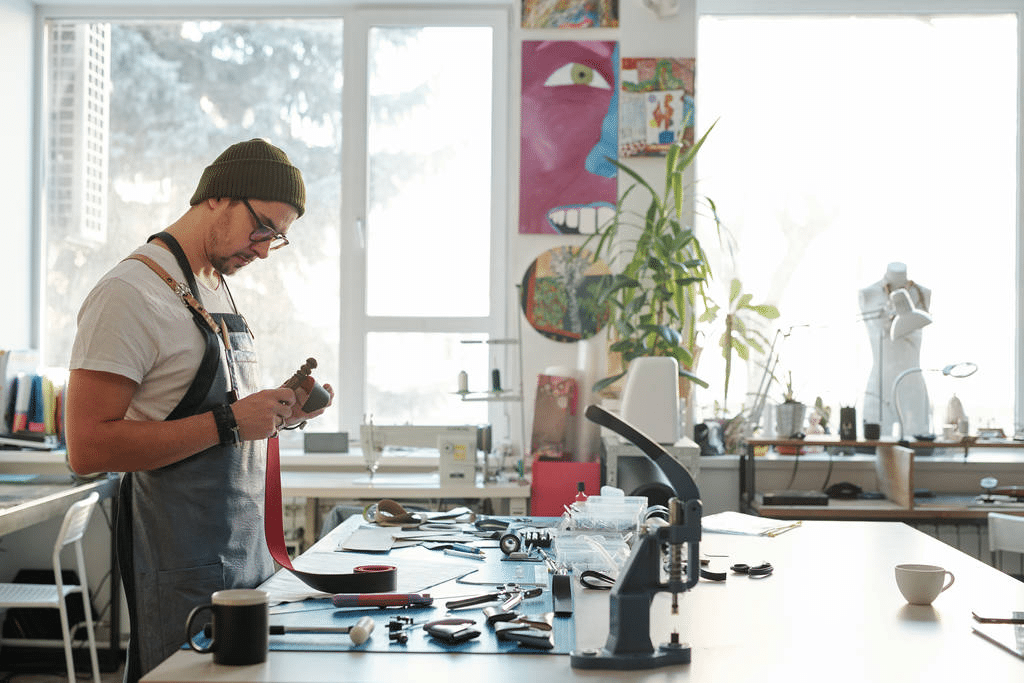
Safety should always be a priority when setting up lighting and equipment in a leathercraft workshop. Ensure that all electrical installations comply with local codes and regulations to prevent hazards such as short circuits or electrical fires. Use high-quality extension cords and power strips with surge protection to safeguard your equipment from power surges.
Additionally, avoid overloading circuits by distributing electrical loads evenly across multiple outlets. It’s also essential to consider the placement of lights and equipment to minimize tripping hazards. Keep cords neatly organized and secured to prevent accidents while moving around the workshop.
Furthermore, ensure that all light fixtures are properly mounted and stable to avoid falling or tipping over during use. By prioritizing safety in your lighting setup, you can create a secure environment that allows for focused craftsmanship without unnecessary risks.
Maintenance and Upkeep of Lighting and Equipment in Leathercraft Workshop
Regular maintenance and upkeep of lighting and equipment are vital for ensuring longevity and optimal performance in your leathercraft workshop. Start by creating a routine schedule for cleaning light fixtures and replacing bulbs as needed. Dusting off fixtures not only improves brightness but also prevents overheating, which can shorten bulb life.
Additionally, check electrical cords for any signs of wear or damage; frayed cords should be replaced immediately to avoid potential hazards. Beyond cleaning and inspections, consider evaluating your lighting setup periodically to determine if it still meets your needs as your crafting projects evolve. As you gain experience or expand your range of work, you may find that adjustments are necessary to maintain an efficient workspace.
Keeping an eye on both functionality and aesthetics will ensure that your workshop remains an inspiring place for creativity.
Enhancing Creativity and Productivity through Proper Lighting and Equipment Setup in Leathercraft Workshop
The relationship between proper lighting and enhanced creativity is well-documented; an inviting workspace can significantly influence an artisan’s ability to innovate and produce high-quality work. By investing time and resources into creating an optimal lighting setup in your leathercraft workshop, you are not only improving visibility but also fostering an environment conducive to inspiration. Bright, well-distributed light encourages experimentation with new techniques and designs, allowing artisans to push their creative boundaries.
Moreover, an organized workspace equipped with appropriate tools enhances productivity by minimizing distractions and streamlining workflows. When artisans can see their materials clearly and access their tools easily, they can focus more on their craft rather than struggling with inadequate lighting or cluttered spaces. Ultimately, a well-thought-out lighting system combined with efficient equipment setup transforms a leathercraft workshop into a sanctuary for creativity, where artisans can thrive and produce exceptional work with confidence.
FAQs
What is leathercraft workshop lighting and equipment setup?
Leathercraft workshop lighting and equipment setup refers to the arrangement and installation of lighting and tools in a workspace dedicated to leather crafting. This includes positioning of lights for optimal visibility, as well as organizing and setting up tools and equipment for efficient use.
Why is proper lighting important in a leathercraft workshop?
Proper lighting is important in a leathercraft workshop to ensure clear visibility and accuracy when working with leather. Good lighting can help prevent eye strain and fatigue, as well as improve the quality of the finished leather products.
What are some common types of lighting used in a leathercraft workshop?
Common types of lighting used in a leathercraft workshop include overhead LED lights, task lighting such as desk lamps or spotlights, and natural lighting from windows or skylights. Each type of lighting serves a specific purpose in providing adequate illumination for different tasks.
What equipment is typically found in a leathercraft workshop?
Equipment commonly found in a leathercraft workshop includes cutting tools such as knives and shears, stitching tools like needles and awls, punching tools for creating holes, and hardware such as buckles and rivets. Additionally, workbenches, storage racks, and leatherworking machines may also be present.
How can the layout of a leathercraft workshop affect productivity?
The layout of a leathercraft workshop can affect productivity by influencing the efficiency of movement and access to tools and materials. A well-organized layout can streamline the workflow and reduce time spent searching for items, ultimately increasing productivity.

